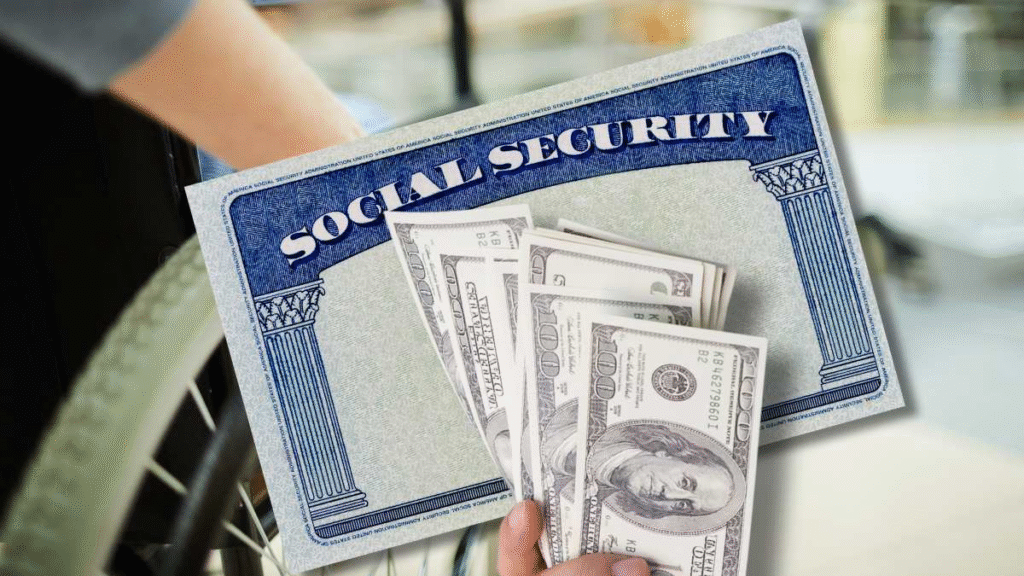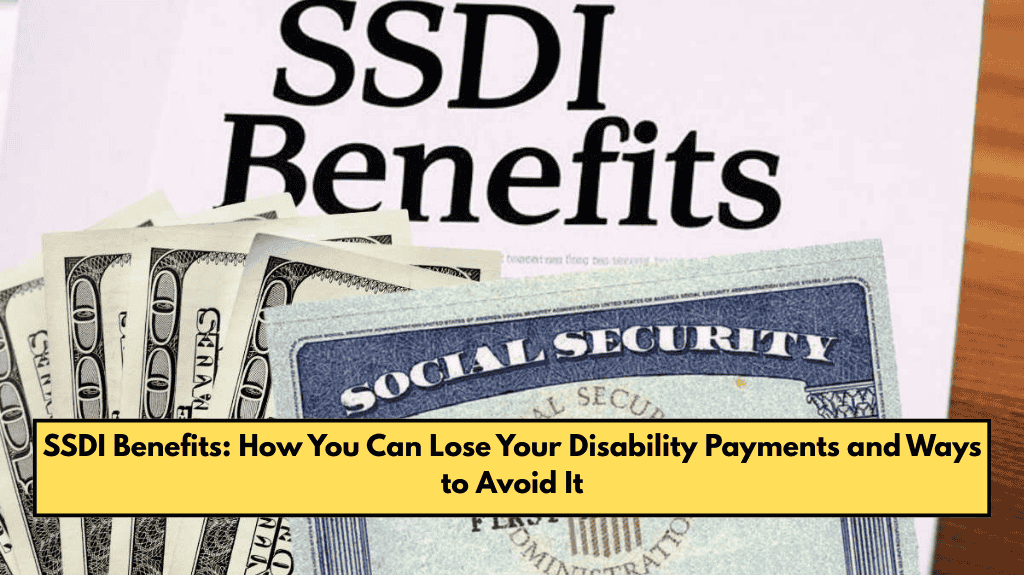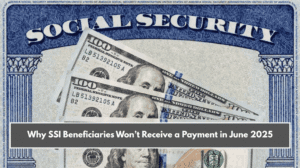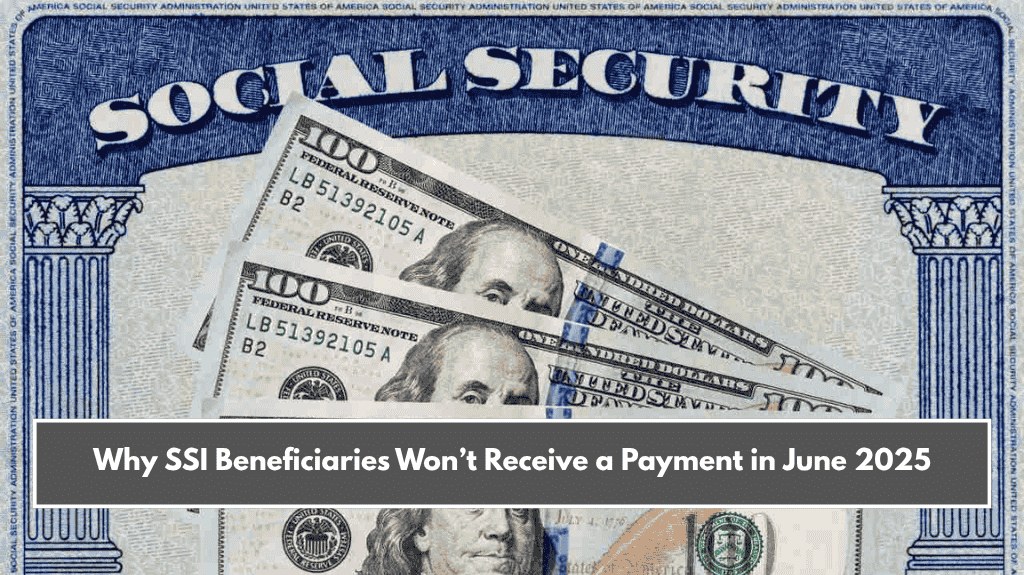If you receive Social Security Disability Insurance (SSDI) in the United States, it’s important to know how the system works—especially when payments are sent and how you could lose your benefits. The Social Security Administration (SSA) has a fixed schedule to send payments and specific rules to follow. Knowing these details can help you avoid surprises and keep your benefits safe.
SSDI Payment Dates for May 2025
SSDI payments are sent based on your date of birth and the month you started receiving benefits. If you began receiving SSDI after May 1997, your payment depends on when your birthday falls:
If your birthday is between the 1st and 10th of any month, you got your May payment on the second Wednesday—May 14.
If your birthday is between the 11th and 20th, your payment is scheduled for May 21.
If your birthday falls after the 20th, you’ll get your money on May 28.
This system helps the SSA manage payments smoothly across millions of people.
What to Do If You Don’t Get Your SSDI Payment
Sometimes, payments may be delayed due to banking or processing issues. If your money doesn’t show up on time, wait three business days before calling the SSA. If the delay continues, you can contact them at 1-800-772-1213 during their working hours. So far, there have been no major payment issues reported for May 2025.
SSDI Benefit Amounts for May 2025
The SSA updates SSDI payments every year based on inflation through a Cost-of-Living Adjustment (COLA). For 2025, the COLA is 2.5%. This means monthly benefits have increased slightly from 2024.
The maximum SSDI payment is $4,018 per month. But this is only for people who had high-paying jobs for many years.
The average SSDI payment is $1,582 per month.
According to SSA data, most people (about 61%) get less than $2,000 each month. Only 9% get the highest amount, and they are usually professionals who had long and high-earning careers before becoming disabled.

Can You Lose Your SSDI Benefits?
Yes, there are certain conditions where your SSDI benefits can stop. Here are the main reasons:
1. Earning Too Much Money
If you start earning more than the allowed limit, known as Substantial Gainful Activity (SGA), your benefits might stop. In 2025, this limit is $1,620 per month for non-blind individuals. This rule is updated every year.
2. Medical Improvement
If your health improves and SSA decides you can work again, your SSDI payments can be stopped. They do medical reviews from time to time to check your condition.
3. Reaching Retirement Age
When you reach full retirement age, your SSDI benefits automatically switch to regular retirement benefits. You won’t lose the money, but it will come from a different program.
4. Legal or Administrative Issues
If you go to jail or don’t respond to SSA’s information requests, your benefits may stop. Fraud or giving false information can also result in losing your benefits.
How to Protect Your SSDI Benefits
To keep your benefits safe, stay within the earning limits, attend medical checkups when asked, and keep all your details updated with the SSA. There are also programs like Ticket to Work, which help you return to work while still receiving benefits under certain conditions.
SSDI benefits provide financial support to people who can’t work due to disability. But they come with specific rules. Missing important deadlines, earning more than allowed, or recovering medically can put your benefits at risk.
By understanding how the system works, following the rules, and keeping in touch with the SSA, you can protect your benefits and stay stress-free. If you’re ever unsure, it’s best to talk to an SSA representative or visit their website for the latest updates.















